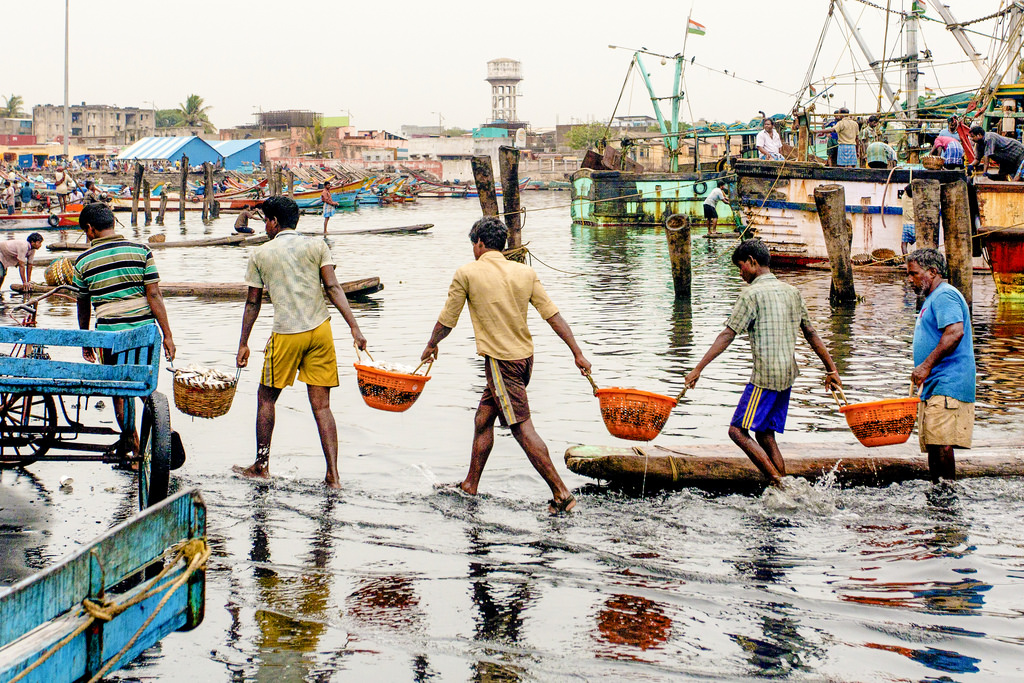Alliance, networks and coalitions are terms used continuously today in the social sector, sometimes interchangeably. They illustrate coming together, partnerships and the collective voice of organisations and individuals.
Alliances are seen to be most effective for advocacy, increasing reach, combining resources and skills, and creating more efficiency. They leverage the comparative advantage of each member, be it an individual or organisation, by bringing together multiple stakeholders, such as civil society, academics, professionals, donor agencies and governments, on the same platform to work towards a common purpose or goal.
Examples of alliances and networks include Girls not Brides, a global partnership to end child marriage; the White Ribbon Alliance for Safe Motherhood India, an alliance for advocating safe motherhood which has been active since 1999; and Advocating Reproductive Choices (ARC), a coalition working for family planning and reproductive health in India.
However, while we often hear of alliances forming, few of them sustain; some even die. It makes one reflect on what makes these surviving alliances work. What are the key elements that have kept them alive and thriving for so many years?
Having been associated with alliances and networks over the last 18 years in different capacities (as a member and reviewer), here’s what I have learned about what works and what doesn’t when it comes to keeping alliances afloat and effective.
Related article: What makes for successful coalitions and collaborations?
Must-haves
1. Strong leadership and a secretariat
Members are busy and don’t have enough time to be involved in the day-to-day operations of an alliance. That’s why there needs to be a committed secretariat that supports the implementation work of the alliance and plays a coordinating and leadership role.
When choosing a lead agency/coordinator, ensure that they are not only credible, respected and trusted by each member of the alliance, but also come with the technical knowledge, experience and ability to be inclusive. There needs to be a governance structure in place, such as a governing board, executive committee or a steering committee. Experience shows that the absence of a strong leadership may lead to an unclear vision and subsequent collapse of the network.
2. Common purpose, ownership and trust
It is important for an alliance to have a common purpose or goal that brings its members together. There is a need for a realistic and clear vision, as well as goals and objectives that make the alliance stand out in the larger environment.
It is equally critical to build consensus on the agenda. The agenda of an alliance should be independent and not donor-driven. To make it viable and sustainable, each member of the alliance should feel a sense of ownership about the purpose and what they are setting out to do. Members should also built trust among themselves. This develops over repeated cycles of collaboration.
3. Regular planning and stock-taking
Alliances and networks are seen to be a good, credible mechanism for peer learning and accountability. It is therefore imperative that members meet regularly to take stock of the work they have done and plan for the road ahead.
To be clear on what the alliance wants to achieve, there needs to be a strategic plan in place for three to five years. Continuous planning, stock-taking, joint learning and sharing responsibility are critical to ensuring sustainability. Staying in tune with the changing times, re-aligning and re-strategising help alliances stay relevant and effective.
4. Diverse membership and regular engagement
Building and sustaining a diverse membership from the bottom-up at the district, state and national level is critical. There could be a national alliance and then decentralised alliances at the state or regional level with specific roles and responsibilities.
There are two things to keep in mind when creating a network with diverse membership:
- It is important to regularly build the capacities of members who may be at different levels of understanding and technical expertise.
- There has to be regular communication and engagement of members of the alliance, through campaigns, planned activities or regular meets. There is value in organising events and campaigns that mobilise membership, keeping engagement of members at the core.
5. A “We more than I” attitude
An alliance comes together because there is power in numbers. And in that coming together, it is important to remember that, while there could be a difference in opinion amongst members, they are working towards a common purpose.
Related article: Team work makes the dream work

While there could be a difference in opinion amongst members, alliances work towards a common purpose. | Photo Courtesy: Flickr | Sriram Jagannathan
Challenges
1. Maintaining a collective identity
Maintaining a collective ‘alliance’ identity, often at the expense of individual and organisational recognition, is challenging. Member organisations are, at times, reluctant to give up their own recognition for the sake of supporting the greater alliance. On the other hand, self-promotion by member organisations often affects the visibility, identity and functioning of the alliance. Additionally, this could lead to conflicts that may distract the alliance from its goals.
It can be quite challenging to ensure an egalitarian and participatory leadership and collaboration. There is a constant struggle between trying to be participatory and getting activities completed on time. Coordinating and taking people along can also be difficult, besides requiring a lot of work.
2. Measurement and evaluation
Not only is it difficult to monitor and evaluate social mobilisation, it is also difficult to find indicators that measure the effectiveness of alliances (especially on advocacy).This calls for new ways of monitoring and documenting collective action that can capture results from the individual to the policy level. Alliances need to institute a participatory evaluation process that is reflective and allows for future planning.
3. Financial sustainability and lack of resources
Networks and alliances grapple with lack of resources and financial sustainability. Most times, donors are not willing to fund alliances; at best they may give short-term funding. It is important that funding cycles are of at least three years and are not project- and deliverable- focused.
Alliances are here to stay
Literature suggests that there are a few critical factors associated with the effectiveness of partnerships and networks. These include pre-existing social capital, strategic fit, shared control, leadership commitment, donor relationship, mutual trust and joint learning.
Volunteerism is at the base of an alliance. Passion, commitment, perseverance and dedication, despite all odds, are critical elements for success. Because, at the core of alliances is the value of people’s voices, especially the most unreached.





